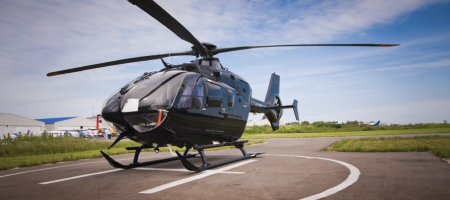
Air rights address the space above a property. It was declared in 1797 that space was unlimited—according to the Latin phrase, “For whoever owns the soil, it is theirs up to Heaven and down to Hell.” However, after airplanes had taken flight about 125 years later, air rights of property owners were limited to “within the range of actual occupation.”
Definition of Air Rights
Air rights refer to the “right to control, occupy, or use the vertical space (air space) above a property, subject to necessary and reasonable use by neighbor(s) and others (such as aircraft).”
Theory and Law
Air rights regulations specify that property boundaries do not reach endlessly into the air. Federal legislators established public easement for airspace above 500 feet, but most local zoning districts have their own limits for the empty air space above a building. Zoning districts, for example, might pass stricter air rights regulations in residential neighborhoods so that a developer cannot build a high-rise office building. The laws restrict construction, even though the air above belongs to a private party. Air rights zoning services can help define the exact limits of a residential or commercial property’s air rights.
Air Rights and Aircraft
The federal government determined that the public has the right to freedom of travel in the navigable airspace above the United States, and local ordinances must not conflict with these federal laws. Every traveling aircraft, however, is subject to regulations that are usually connected to the owner’s enjoyment of the property.
Buyers and Sellers
Air rights can be sold, bought, and leased, and they are generally considered more valuable in denser urban areas. When purchasing a property, the acquisition of air rights leaves the door open for future development projects, making them especially valuable for commercial developers.
The Importance of Air Rights Case Study: Manhattan
Nowhere in the United States are air rights laws more influential than New York’s borough of Manhattan. As the nation’s most densely populated area, Manhattan’s air rights can spell the difference between a modest or extremely lucrative real estate endeavor.
In February of this year, the average price per square foot for a Manhattan condo was $1,781. The national average is $64. At an average cost of $225 per square foot in Manhattan, New York City’s air rights are more than three times that of most homes in the country. Three years ago, Manhattan’s air rights had risen by 47 percent in a single year. Now, some developers are paying the same price per square foot of air space as they did to buy the lot. The reason? Air space in Manhattan has been transformed into new and higher floors.
To learn more about air rights and air rights lot spill, contact Garrett & Associates.





